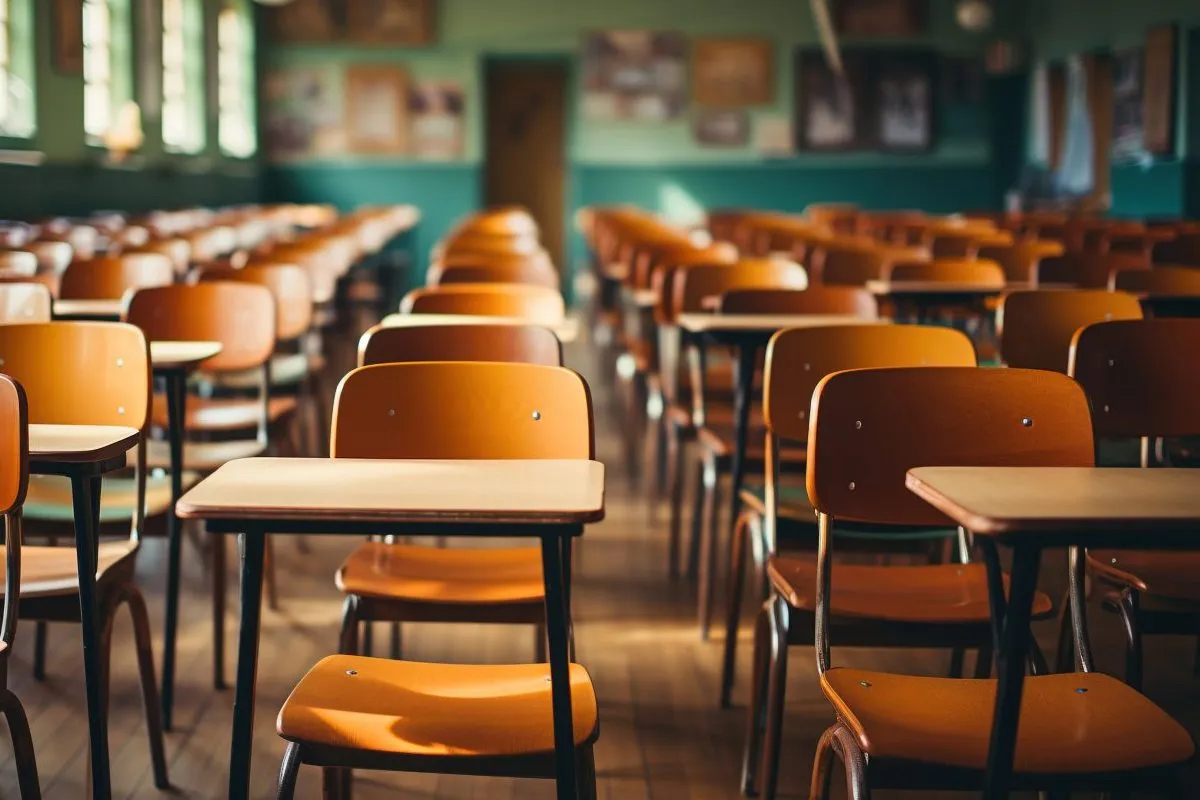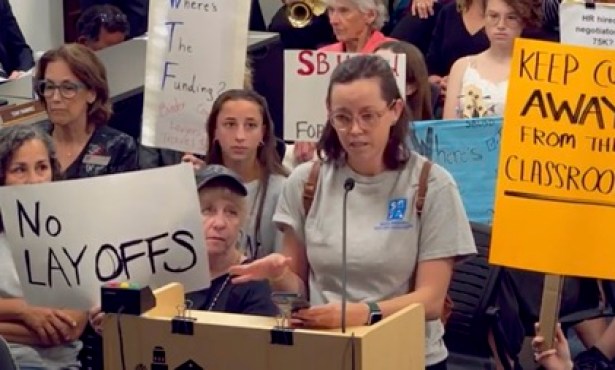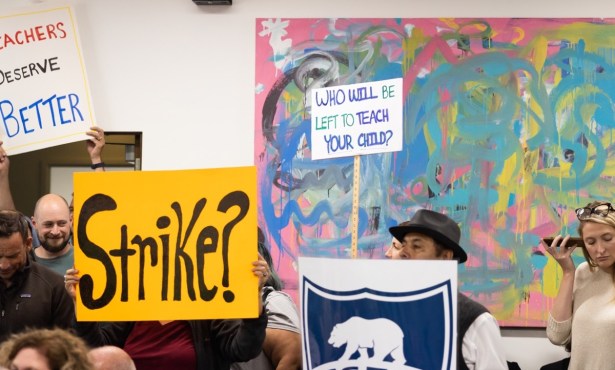Santa Barbara Unified School District Sees Rise in Chronic Absenteeism
Number of Students Who Are Truant, Tardy, or Missing Has Increased Since COVID-19 Pandemic

Desks in classrooms across California sit perpetually empty, with nearly two million students statewide having been chronically absent in 2021-22. In Santa Barbara, educators have also witnessed a dramatic decline in students responding to early-morning roll calls.
Students are disappearing districtwide, as evidenced by steadily declining enrollment — a loss of more than 2,000 students over the past decade — and increased absenteeism.
In the Santa Barbara Unified School District (SBUSD), chronic absenteeism has increased from 11 percent in 2018-19 to 25 percent in 2021-22. Statewide, chronic absenteeism has surged from 12 percent before the pandemic to 30 percent in 2021-22.
“Chronic absenteeism” occurs when students miss 10 percent or more of expected school days, which hinders their academic and social progress, increases the risk of dropping out, and decreases the likelihood of graduation.
The number of students who are truant, tardy, or missing has increased since the COVID-19 pandemic instilled an attitude of optional, rather than mandatory, school attendance in families nationwide.
In 2021-22, many district schools had high absenteeism rates, most notably McKinley Elementary, which went from 8 percent in 2018-19 to 40.1 percent in 2021-22. The most concerning absenteeism rates are among Black, Latino, and low-income students, with Black and Latino students at 29 percent, compared to 18 percent for white students districtwide. Low-income student absenteeism rates were above the district average, at 31.4 percent.
The district doesn’t need families to remember the law — in California, all children ages 6 through 18 are required to attend school every day — or even know the board’s attendance policies, said ShaKenya Edison, assistant superintendent of student and family services.
“They just need to know attendance matters every day,” she continued. “Kids should be on time, they should come every day, and they should stay all day.”
Santa Barbara faces common barriers to attendance found statewide, including issues around transportation, work schedules, homelessness (7.4 percent of SBUSD students are unhoused), health, and family emergencies. The Omicron-fueled COVID outbreak and Public Health guidelines also impacted chronic absenteeism rates in 2021-22, the district said.
To address the issue of half-empty classrooms, the district is focusing on building student-teacher relationships, creating appealing after-school programs, and fostering safe spaces on campus.
Attendance efforts at elementary schools focus on identifying and removing barriers that keep kids from their desks, while the secondary school focus is on anchoring students on campus by using programs and activities that foster a sense of belonging and make students want to be at school.
That includes supporting student wellness by ensuring students have trusted adults, employing trauma-informed practices, and attending to students’ social-emotional and mental health.
It also means recognizing, responding to, and reporting hateful, biased, and anti-Black language and actions, which is a campaign the district has implemented in response to the results of last April’s racial climate assessment.
As reported at the school board’s September 26 meeting, the district has implemented professional learning courses for educators and administrators on how to respond to incidents of anti-Black racism. They’re planning to continue that training for adults as well as implement age-appropriate lessons for students while expanding efforts to track and report racial incidents at schools.
“We recognize we have a diverse, rich community of students and families, and we want to celebrate that,” Edison said. “So when students can walk onto a campus and feel that they belong there and they are valued and supported. Then they’re more likely to show up.”
What they’re doing seems to be working, with chronic absenteeism rates decreasing in the 2022-23 school year to 20.5 percent overall. At McKinley, the rate went down to 32 percent.
While the district still acknowledges and appreciates perfect or improved attendance, Edison said they don’t expect it. With the word “perfect” comes pressure on students, who shouldn’t be made to feel like they need to sacrifice their physical or mental well-being to be in class.
“Part of being a trauma-informed district is understanding that sometimes, missing school is okay,” Edison said.



